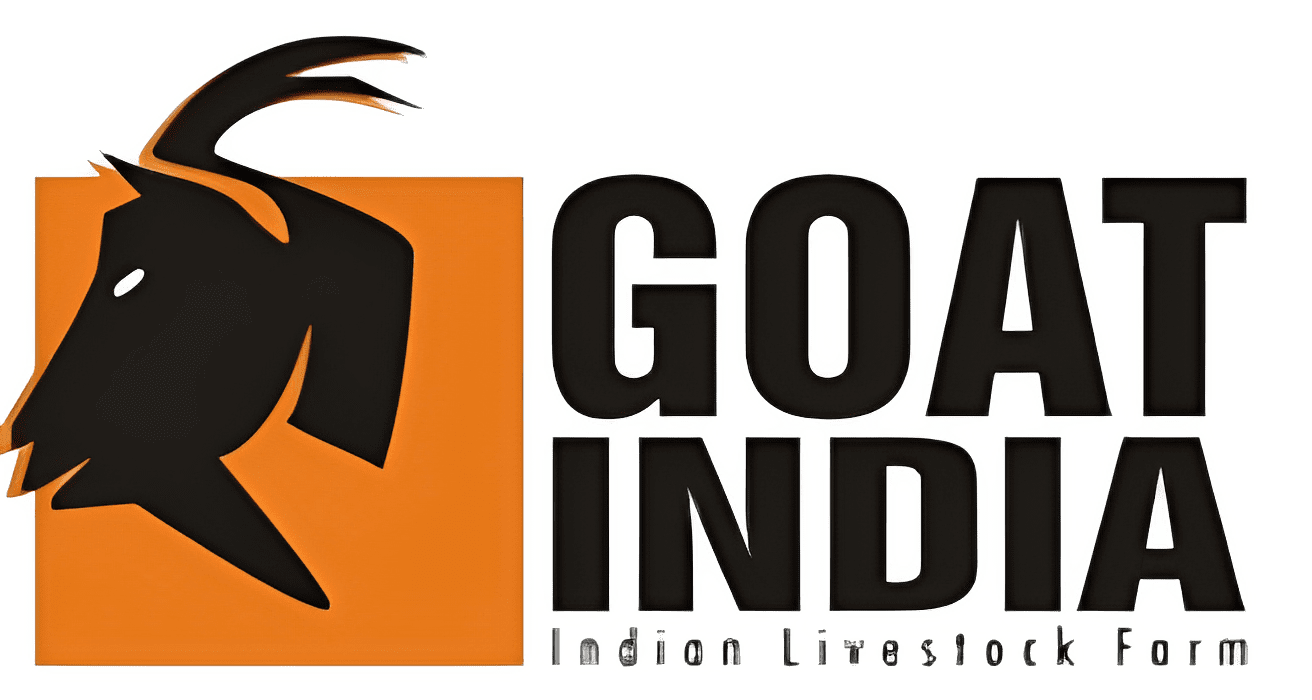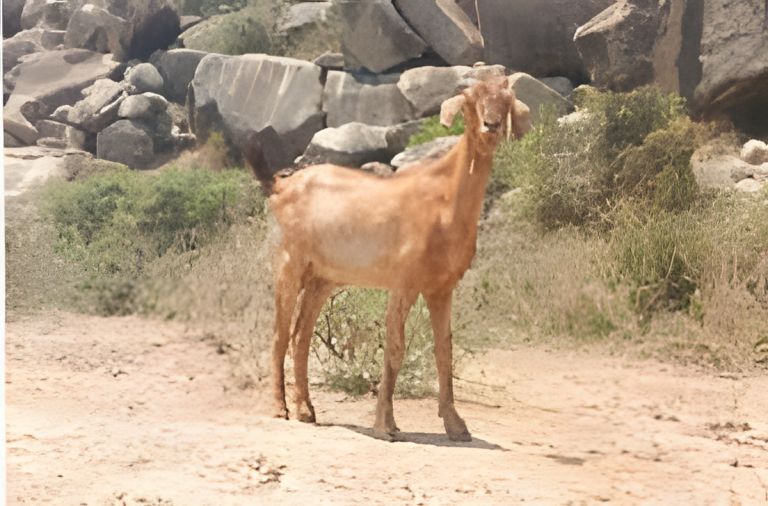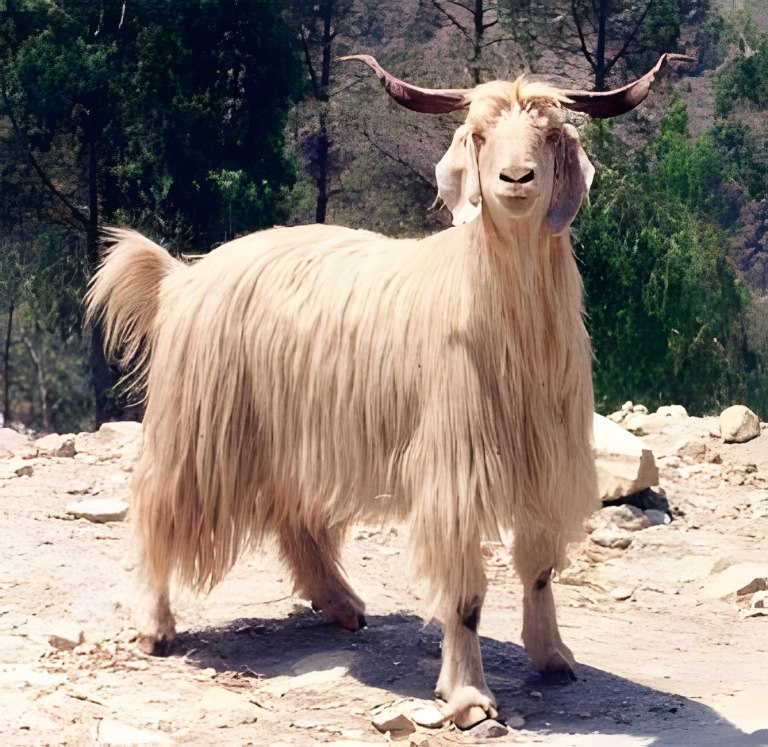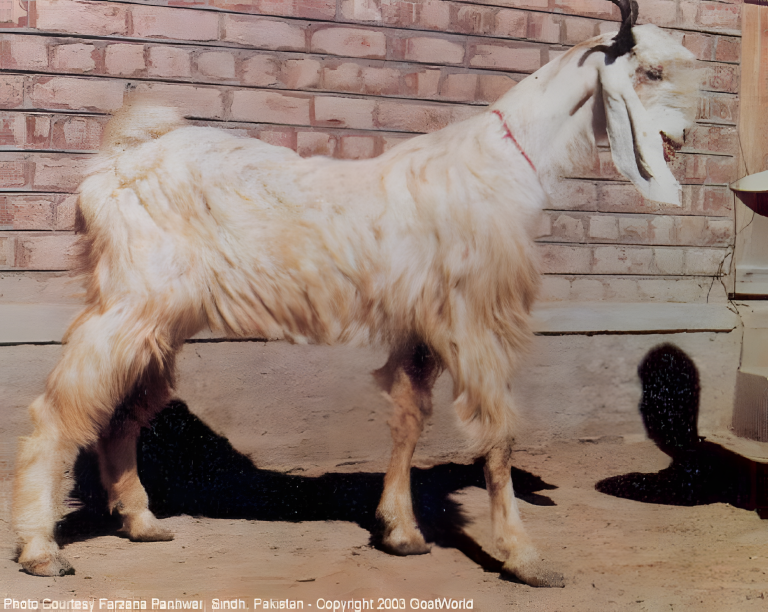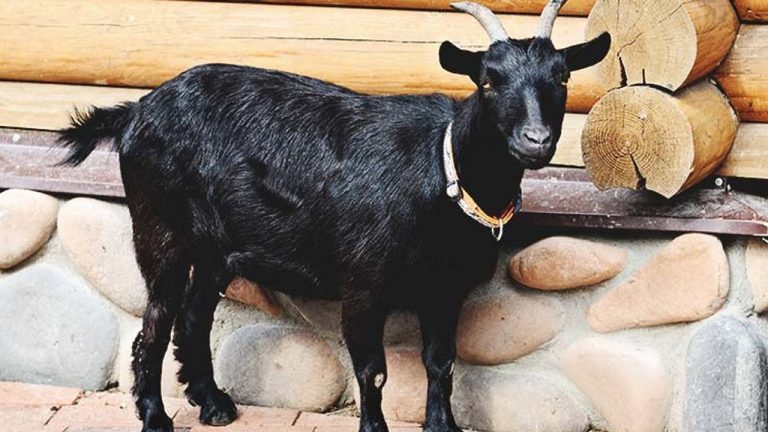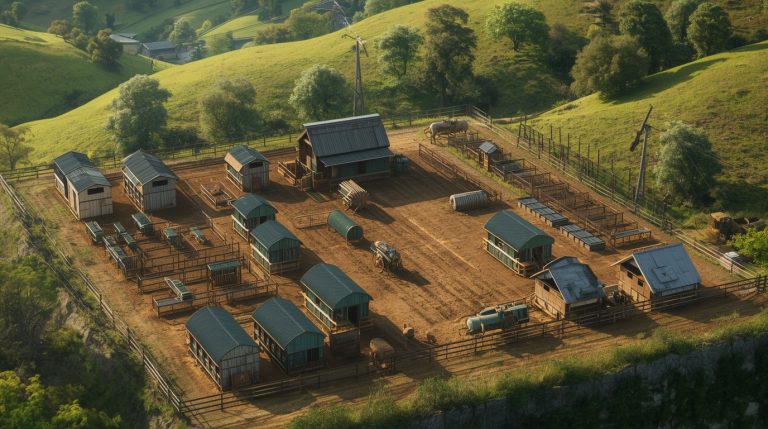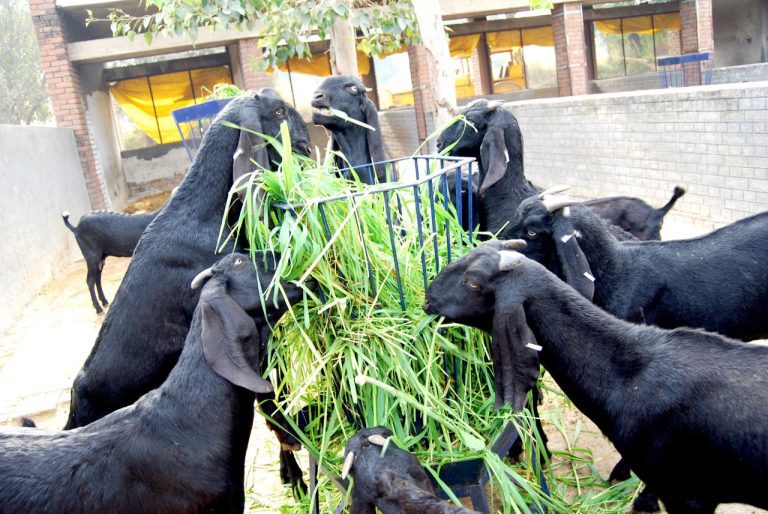Ganjam Goat Breed
Discover the hardy and adaptable Ganjam goat breed from Odisha, known for excellent meat production and climate resilience in eastern India.
Ganjam Goat Key Statistics
Comprehensive Breed Profile
Origin & History
Native to Ganjam district of Odisha, this breed has evolved over centuries to thrive in the coastal plains and hilly terrains of eastern India.
Breed Classification
Medium-sized meat breed recognized for excellent adaptability to tropical coastal climates and resistance to common diseases.
Market Demand
High demand in Odisha, West Bengal, and Jharkhand markets for quality chevon production and breeding stock.
Breeding Status
Actively maintained breed with organized breeding programs in Odisha and neighboring states for genetic improvement.
Practical Farming Knowledge
Feeding Requirements
Ganjam goats require 3-4% of body weight in dry matter daily. Provide quality fodder including native grasses, leguminous plants, and concentrate feed at 250-400g per animal. Ensure constant access to clean drinking water, especially during hot coastal weather. Browse feeding on shrubs and trees is beneficial for their natural foraging behavior.
Housing Design
Construct elevated shelters with proper ventilation for coastal humidity protection. Allow 1.5-2 square meters per adult goat with separate kidding pens. Use locally available bamboo and corrugated sheets for cost-effective construction. Ensure proper drainage to prevent waterlogging during monsoon seasons.
Health Management
Follow regular vaccination schedule for PPR, foot-and-mouth disease, and enterotoxemia. Monitor for coastal parasites including liver flukes and stomach worms. Provide mineral supplements, especially during breeding season. Consult qualified veterinarians for specific health protocols in your region.
Breed Comparison Chart
| Characteristic | Ganjam Goat | Regional Average | Performance Rating |
|---|---|---|---|
| Adult Male Weight | 35-40 kg | 30-35 kg | Above Average |
| Adult Female Weight | 28-32 kg | 25-30 kg | Good |
| Kidding Percentage | 85-90% | 80-85% | Excellent |
| Twinning Rate | 75-80% | 65-70% | Very Good |
| Climate Adaptability | Coastal Tropical | Variable | Specialized |
| Disease Resistance | Moderate to Good | Variable | Good |
Ready to Start Ganjam Goat Farming?
Access comprehensive breeding programs and connect with experienced farmers in your region
